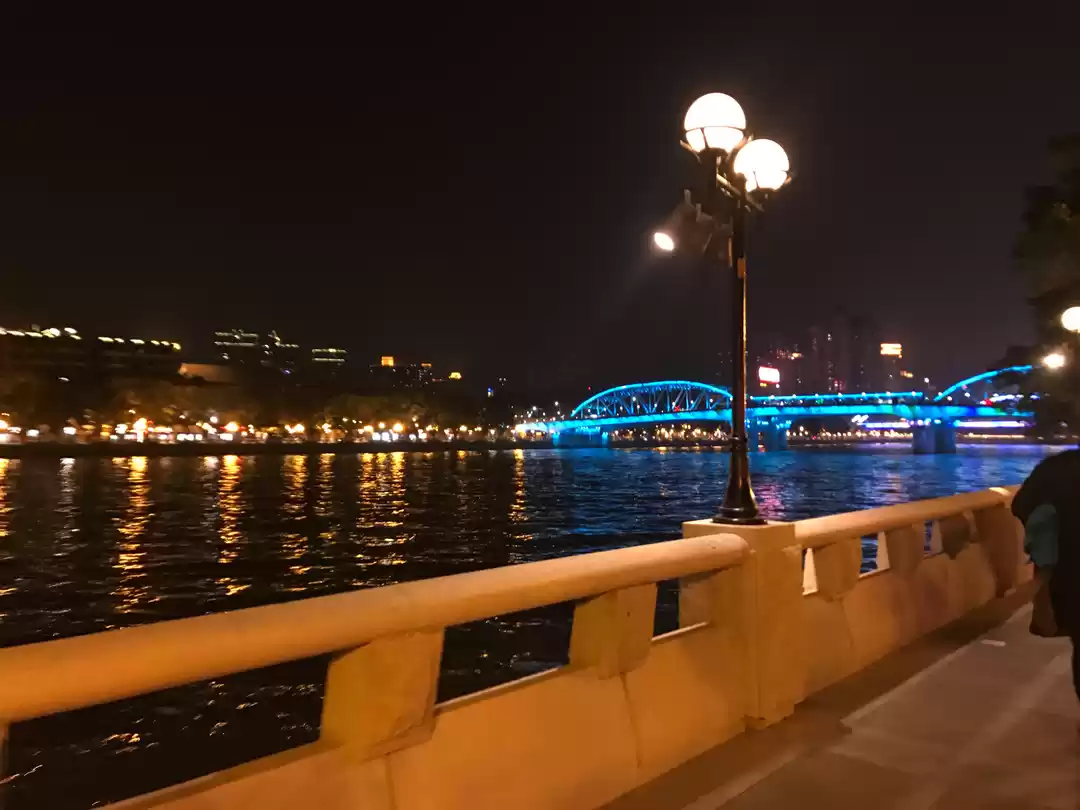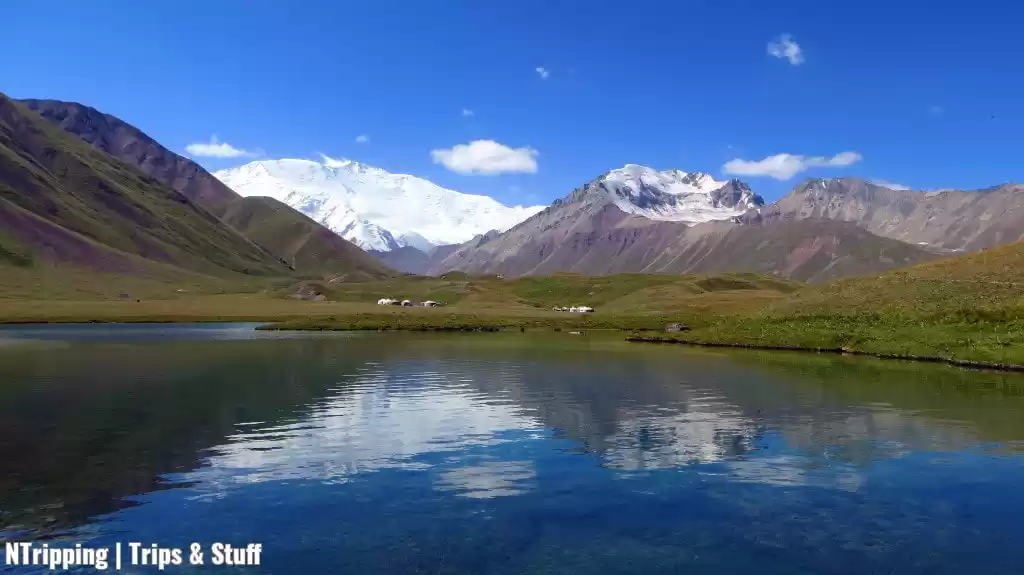
At the crossroads of Central Asia, Xinjiang is the largest province in China. Historically known as East Turkestan, Xinjiang is located on the traditional Silk Road. This unique & diverse region, populated by the Uyghurs is a melting pot of Kazakh, Kyrgyz, Mongolian & Han Chinese.
I visited Xinjiang when I traversed the Karakoram Highway (The World's highest international land border) from Pakistan to China. I left early in the morning & upon reaching Sost, Pakistan, I bought a mini-bus ticket before going to the Pakistani immigration which is about 200 meters away from the ticket booking office to stamp out of Pakistan. The immigration process at the Pakistani side is pretty straight forward but I had to wait for about 4 hours to get the clearance due to the long queue of people going into China.

Then, I crossed the Khunjerab Pass (elevation of 4,693 metres) into Xinjiang, China to begin my adventures in Western China. The Chinese post is located approximately 500 meters down the Khunjerab Pass & it took me 3 hours to get the clearance into China because the officers at the Chinese side were more thorough with the bag & luggage checks of every person entering the country.

It took me another 3.5 hours of bus ride before I reached Tashkurgan and that is where the Chinese immigration office was located. I got the clearance without much hassle and by the time I checked in to a guesthouse in Tashkurgan Town, it was already 1am in the morning! The next day, I spent some time exploring the town which is predominantly settled by Tajik people. It is a fairly small place & walking by foot is the best way to explore around.

Moving on, I traveled to Karakul Lake & spent a night sleeping in a village near the lake. Because it was the Autumn season & also the off-season, the usually popular yurt accommodations along the shore of the lake were no longer available. I was lucky when a Kyrgyz family invited me to spend the night at their home. They prepared dinner (Yak milk tea, mutton soup & bread) for me and a few local lads showed me around the small village set amongst the beautiful Pamir & Kunlun mountains.


Standing at 3600m, Karakul lake is the highest lake of the Pamir plateau & is predominately settled by the Kyrgyz people, one of the ethnic minorities of China. The lake is surrounded by mountains which remain snow-covered throughout the year. Yaks are a common sight here & you can always spot them grazing in the grassland near the lake.


After exploring Karakul lake, I got back on the Karakoram highway & hitch a ride to Kashgar, a city situated in the Westernmost corner of China. Kashgar is the gateway to the surrounding Central Asian countries & was one of the most important trading cities along the historic Silk Road.
With a history over 2000 years, Kashgar is one of China's oldest cities, but today most of Kashgar city are being modernized and the old mud-brick houses are slowly disappearing in favor of high rise buildings. But despite rapid modernization like any other Chinese cities, Kashgar remain a charming city.


For most people who are wondering, yes you can still visit the old neighborhood of Kashgar, but for how much longer? I have no idea. My advice is to do it while it is still there! Walking around the alleys of old Kashgar is an interesting thing to do. It offers an insight into the life, culture and architecture of the old neighborhood. It does feel like taking a step back into time & the feeling of nostalgia lingers on.


Another interesting thing to do in Kashgar is to simply wander around the many bazaars in the city. The street food here in Kashgar is amazing, offering some of the best Central Asian's food you can find. There is a food street which opens at night & you can find some delicious food there. The nuts, raisins, pomegranates, melons, naan (flat bread), laghman (noodles), liang mian (cold noodles), plov (rice) & deep fried fish are some of my favorite food.


If you are lucky to be in Kashgar over the weekend on a Sunday, you must visit the Sunday bazaar & more so the animal bazaar located at the end of town. A trip to the animal bazaar is one of the favorite part of my trip & you can get some beautiful photos of the chaotic & busy market. I would say the livestock market is not for everyone (especially so if you are very particular about the hygiene of a certain place or if you are an animal lover) but it does offer a unique insight into the culture of Central Asia.
The day starts with the local farmers bringing their livestock to the market early in the morning, but the crowd only starts coming in sometime before noon & that is when the animal bazaar springs into life. You will see buyers bartering with the farmers for the best price for an animal & the scale of the whole bazaar is truly amazing! This is one of Central Asia's biggest bazaar after all!


A walk in the animal bazaar will probably take about 4 hours & you will see many livestock for sale. Sheeps, Cattles, Donkeys, Horses & even the Bactrian camels are all available for sale. Personally, I have already visited the animal market in Kyrgyzstan a year ago but in my opinion, this bazaar in Kashgar tops the one in Kygyzstan.


Oh yes, just remember to always keep a hand wash/sanitizer handy with you so you can clean your hand as often as you want! So do not miss this bazaar if you are travelling in Xinjiang. I am sure you will have a good time! This is after all, a once in a lifetime experience!
Xinjiang is a very interesting region & is definitely one of the "off the beaten path" destination in China. Covering a huge landmass, the flavors of Xinjiang are an exotic mix of sweet, savory & spicy! There are so much more places to explore in this region & I will definitely be back one day!





























